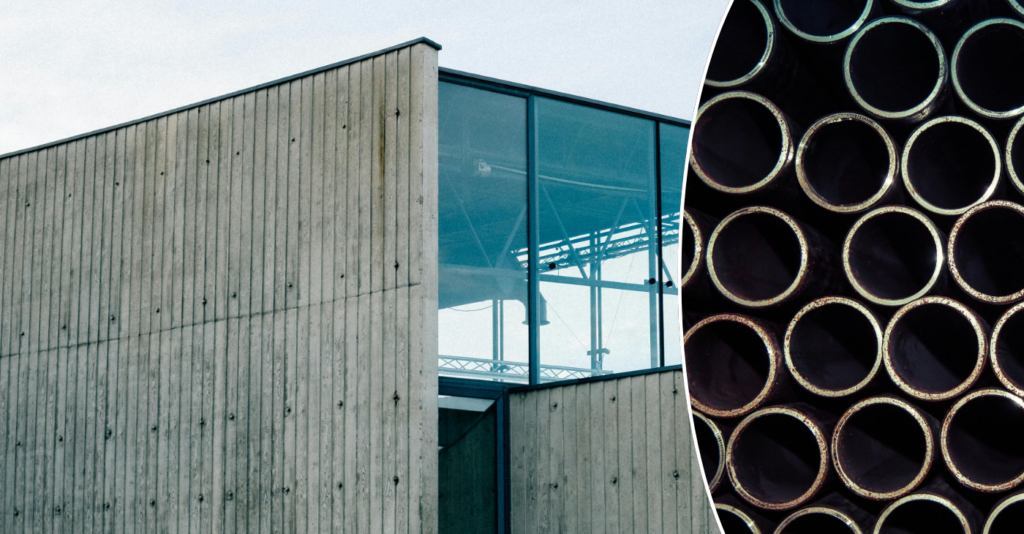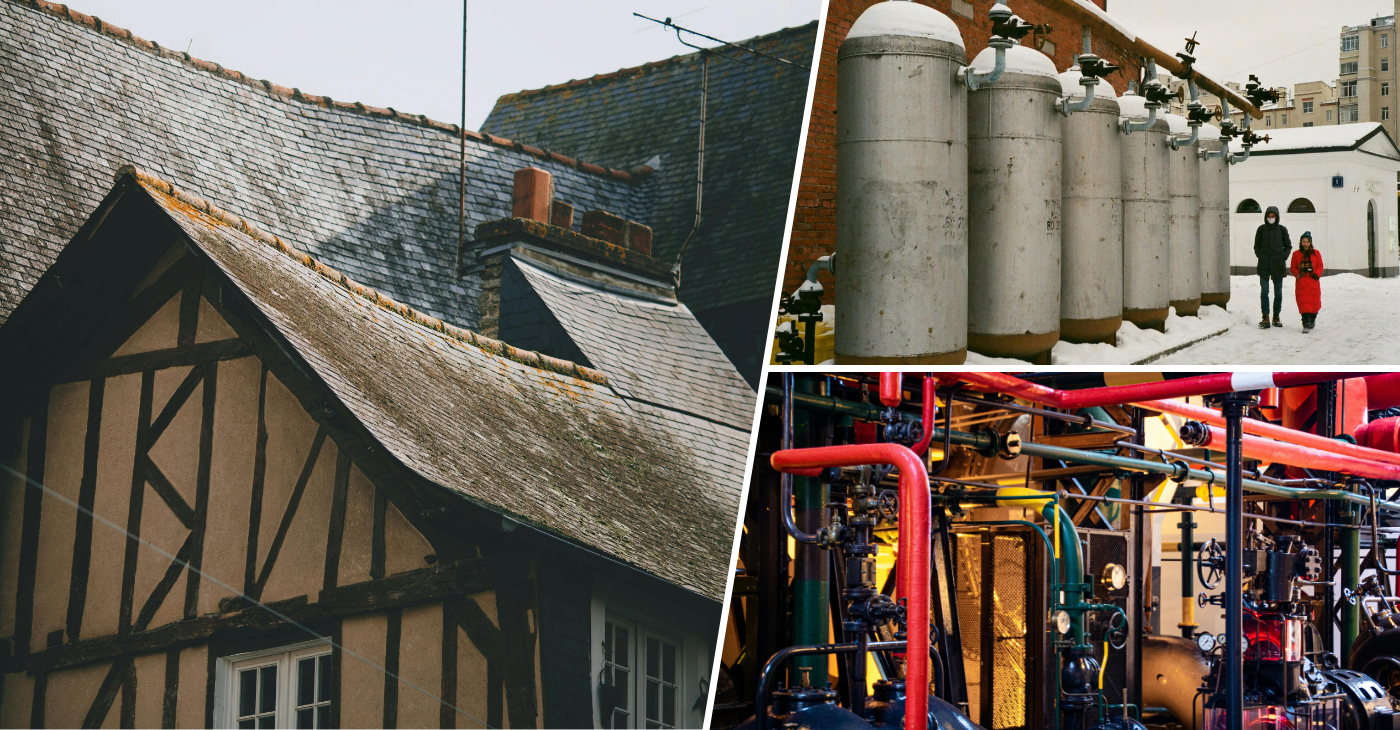What building materials contain asbestos? Beware the hidden hazard
What building materials contain asbestos?
Asbestos is a naturally occurring fibrous silicate mineral known for its exceptional heat resistance, durability, and insulating properties. It was extensively used in a wide array of building materials throughout the 20th century. Its versatility made it a popular choice for many construction applications from residential homes to large industrial buildings. However, the severe health risks associated with asbestos exposure have led to stringent regulations and widespread bans in many countries. Despite these regulations, many older buildings still contain asbestos-containing materials (ACMs). Understanding which building materials commonly contain asbestos is crucial for ensuring safety and proper management, especially when dealing with renovation or demolition projects.
Historical use and properties of asbestos
Asbestos is a group of naturally occurring silicate minerals that were highly valued for their resistance to heat, fire, and chemical damage, as well as their strength and flexibility. These properties made asbestos an ideal additive to a variety of building materials, enhancing their durability and performance.
Common building materials that contain asbestos
1. Insulation
- Pipe insulation: Used extensively to insulate pipes, asbestos provided excellent heat retention and fire protection. It was often applied as a paste or wrap around pipes and is commonly found in older buildings.
- Boiler insulation: Boilers were frequently insulated with asbestos materials to prevent heat loss and protect against fire hazards. This insulation can appear as a hard, cement-like material.
- Attic insulation: Vermiculite insulation, particularly from the Libby mine in Montana, was often contaminated with asbestos. This type of insulation looks like small, pebble-like granules and was used to insulate attics.
2. Flooring
- Vinyl floor tiles: Asbestos was added to vinyl floor tiles to enhance their strength and resistance to heat and wear. These tiles, typically 9×9 or 12×12 inches, were used in homes, schools, and commercial buildings.
- Linoleum: Some linoleum products included a backing layer made with asbestos fibers to increase durability and fire resistance.
- Floor mastics: Adhesives used to install flooring, such as black or yellow mastics, often contained asbestos to improve their performance.
3. Ceiling materials
- Popcorn ceilings: Also known as acoustic ceilings, these textured finishes were popular for their soundproofing properties. Asbestos was used to give the material its bumpy appearance and enhance fire resistance.
- Ceiling tiles: Acoustic ceiling tiles and panels sometimes contained asbestos to improve sound absorption and fire safety. These tiles were commonly used in office buildings and schools.

4. Roofing
- Asphalt shingles: Roofing shingles often included asbestos to increase their durability and resistance to heat and weathering. These shingles were widely used in residential roofing.
- Roofing felt: Used under shingles and other roofing materials, asbestos-containing roofing felt provided an additional layer of fireproofing and waterproofing.
- Cement roofing: Asbestos-cement products, such as corrugated sheets and roofing tiles, were durable and resistant to fire, making them a common choice for roofing materials.
5. Wall materials
- Cement sheets: Also known as transit, asbestos cement sheets were used in walls, roofs, and siding for their strength and fire-resistant properties.
- Drywall joint compound: Compounds used in drywall installation and repair often contained asbestos to add strength and flexibility. This material was applied to seams and joints between drywall panels.
- Textured paints and coatings: Some decorative wall coatings included asbestos to improve durability and fire resistance. These coatings were applied to create textured finishes on walls.
6. Plumbing
- Gaskets and seals: Asbestos was used in gaskets and seals for its heat-resistant properties. These materials were commonly found in plumbing systems and heating appliances.
- Cement pipes: Asbestos-cement pipes were widely used in plumbing and drainage systems due to their strength and resistance to corrosion and high temperatures.
7. Other Materials
- Fireproofing sprays: Asbestos-containing sprays were used to fireproof steel beams, columns, and other structural elements in buildings. This material was applied as a coating to prevent the spread of fire.
- Electrical panels: Some electrical panel boards and insulation materials contained asbestos to protect against fire and electrical hazards.
- How to identify and manage asbestos?
Identification
- Visual inspection – Some ACMs can be identified visually by their appearance and texture, but laboratory testing is often required to confirm the presence of asbestos.
- Professional assessment – Certified asbestos professionals can conduct thorough inspections and collect samples for analysis to accurately identify ACMs.
Management
- Encapsulation – Sealing ACMs to prevent fibers from becoming airborne. This method involves applying a protective coating to the material.
- Enclosure – Installing barriers to isolate ACMs from the surrounding environment, preventing disturbance.
- Removal – Safe and professional removal of ACMs, following regulatory guidelines, is often the best long-term solution to eliminate asbestos hazards.
Safety Precautions
When dealing with potential asbestos-containing materials, it is crucial to follow safety guidelines to prevent exposure. These include wearing appropriate personal protective equipment (PPE), using proper containment and ventilation methods, and ensuring thorough cleanup and disposal of asbestos waste.
Health effects of asbestos exposure
The primary danger of asbestos lies in its tiny fibers, which can become airborne and inhaled. Prolonged exposure to these fibers can lead to serious health conditions:
1. Asbestosis
A chronic lung disease caused by inhaling asbestos fibers, leading to lung tissue scarring and breathing difficulties. Symptoms include shortness of breath, persistent cough, and chest pain.
2. Lung Cancer
Inhalation of asbestos fibers significantly increases the risk of developing lung cancer. This risk is further amplified by smoking. Symptoms include persistent cough, chest pain, and weight loss.
3. Mesothelioma
A rare and aggressive cancer of the lining of the lungs (pleura) or abdomen (peritoneum), directly linked to asbestos exposure. Symptoms include chest or abdominal pain, shortness of breath, and pleural effusion (fluid around the lungs).
4. Other Cancers
Asbestos exposure has also been linked to cancers of the larynx, ovaries, and gastrointestinal tract.

Study case: The Libby, Montana disaster
One of the most notorious examples of asbestos-related health crises is the case of Libby, Montana. From the 1920s to the 1990s, the W.R. Grace and Company operated a vermiculite mine in Libby. The vermiculite was contaminated with a particularly toxic form of asbestos called tremolite.
Impact on the community
- Health Effects: Thousands of Libby residents and mine workers were exposed to asbestos fibers. As a result, the town experienced significantly higher rates of asbestosis, lung cancer, and mesothelioma.
- Environmental Contamination: Asbestos fibers contaminated the air, soil, and water in and around Libby, leading to widespread environmental health risks.
- Legal and Financial Consequences: W.R. Grace and Company faced numerous lawsuits and was required to pay for medical expenses and cleanup efforts. The Environmental Protection Agency (EPA) declared Libby a Superfund site in 2002, initiating one of the largest and most complex environmental cleanups in U.S. history.
Regulatory response and bans
The health risks associated with asbestos exposure led to strict regulations and eventual bans in many countries:
- UK: The use of blue and brown asbestos was banned in 1985, and a complete ban on all forms of asbestos was implemented in 1999.
USA: The EPA issued bans on certain asbestos products in the late 1970s, and further regulations were implemented in the following decades.
Summary
FAQs
Q1: What is asbestos, and why was it used in building materials?
- A1: Asbestos is a group of naturally occurring minerals known for their heat resistance, durability, and insulating properties. It was used in building materials to enhance their strength, fire resistance, and insulation capabilities.
Q2: Which insulation materials commonly contain asbestos?
- A2: Asbestos was commonly used in pipe insulation, boiler insulation, and attic insulation. Vermiculite insulation, particularly from the Libby mine in Montana, is known to be contaminated with asbestos.
Q3: Are there specific types of flooring that contain asbestos?
- A3: Yes, vinyl floor tiles, linoleum with asbestos backing, and certain floor mastics (adhesives) often contained asbestos. These materials were used for their durability and heat-resistant properties.
Q4: What ceiling materials are known to contain asbestos?
- A4: Popcorn ceilings (acoustic ceilings) and some ceiling tiles included asbestos for soundproofing and fire resistance. These materials were widely used in both residential and commercial buildings.
Q5: When were asbestos-containing materials banned in building construction?
- A5: In many countries, including the UK, the use of asbestos in building materials was banned in stages, with a complete ban implemented by 1999. However, many buildings constructed before this ban may still contain asbestos.
Q6: How can I safely manage asbestos in my building?
A6: Safe management options include encapsulation (sealing the material), enclosure (isolating the material), or professional removal. Regular monitoring and maintenance by certified professionals are also essential to ensure safety.







